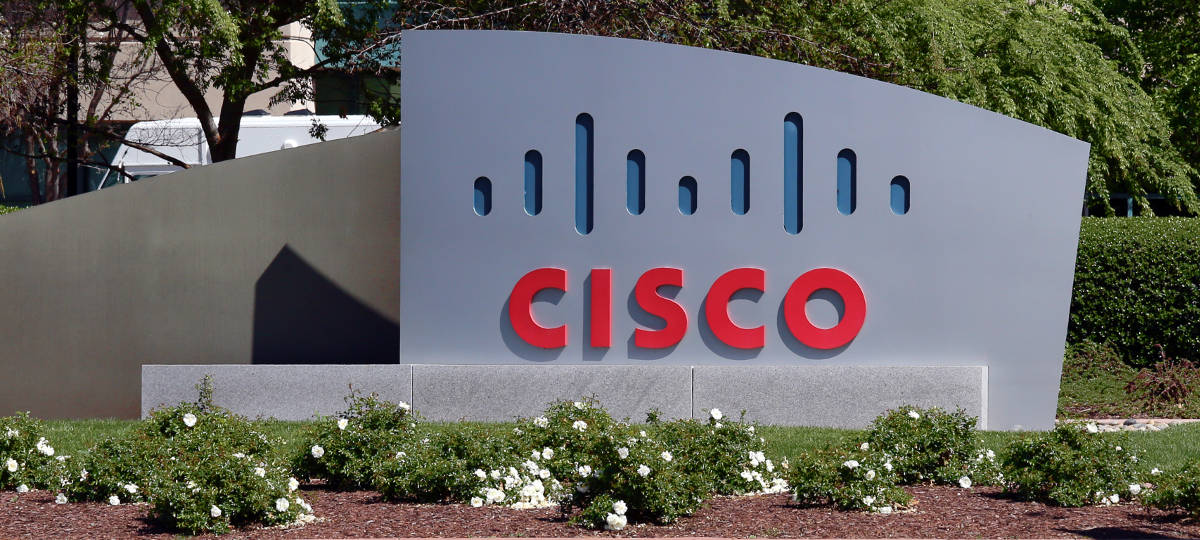Oracle introduced an all-new family of SPARC systems built on the 32-core, 256-thread SPARC M7 microprocessor. The systems feature Security in Silicon for advanced intrusion protection and encryption; SQL in Silicon that delivers unparalleled database efficiency; and world record performance spanning enterprise, big data, and cloud applications.
The new SPARC M7 processor-based systems, including the Oracle SuperCluster M7 engineered system and SPARC T7 and M7 servers, are designed to seamlessly integrate with existing infrastructure and include fully integrated virtualization and management for cloud. All existing commercial and custom applications will run on SPARC M7 systems unchanged with significant improvements in security, efficiency, and performance. In addition, SPARC M7 is an open platform that developers can utilize to create new software that takes advantage of Security in Silicon and SQL in Silicon capabilities.
Oracle’s new SPARC M7 systems feature:
Security in Silicon, with two key new enhancements in systems design.
Silicon Secured Memory – For the first time, Silicon Secured Memory adds real-time checking of access to data in memory to help protect against malicious intrusion and flawed program code in production for greater security and reliability. Silicon Secured Memory protection is utilized by Oracle Database 12c by default and is simple and easy to turn on for existing applications. Oracle is also making application programming interfaces available for advanced customization.
Hardware-Assisted Encryption – New breakthrough performance with hardware-assisted encryption built into all 32 cores enables uncompromised use without performance penalty. This gives customers the ability to have secure runtime and data for all applications even when combined with wide key usage of AES, DES, SHA, and more. Existing applications that use encryption will be automatically accelerated by this new capability including Oracle, third party, and custom applications.
SQL in Silicon: Adds co-processors to all 32 cores of the SPARC M7 that offload and accelerate important data functions, dramatically improving efficiency and performance of database applications. Critical functions accelerated by these new co-processors include memory de-compression, memory scan, range scan, filtering, and join assist. Offloading these functions to co-processors greatly increases the efficiency of each CPU core, lowers memory utilization, and enables up to 10x better database query performance. Oracle Database 12c In-Memory option fully supports this new capability in the current release. In addition, this new functionality is slated to be available to advanced developers to build the next generation of big data analytics platforms.
World Record Performance: Powered by the world’s fastest microprocessor, Oracle’s new SPARC M7-based systems deliver proven performance superiority with world record results in over 20 benchmarks. In addition to superior performance for database, middleware, Java, and enterprise applications from Oracle and third party ISV’s, the new SPARC M7-based systems achieve incredible performance compared to the competition for big data and cloud workloads.
“Until now, no computing platform has been able to tackle security without significantly impacting application performance and efficiency,” said John Fowler, executive vice president, Systems, Oracle. “Today Oracle is delivering breakthrough technology for memory intrusion protection and encryption, while accelerating in-memory analytics, databases and Java. Oracle’s SPARC T7 and M7 systems and Oracle SuperCluster M7 are starting a new era in delivering secure computing while increasing efficiency.”
“Oracle’s core investments in SPARC M7 are delivering breakthrough capabilities for information security, database efficiency, and performance that go beyond enterprise workloads to big data and cloud. This is the most significant advancement in SPARC microprocessor and systems design in the last decade,” said Matthew Eastwood, senior vice president, Enterprise Infrastructure and Datacenter Group, IDC.















